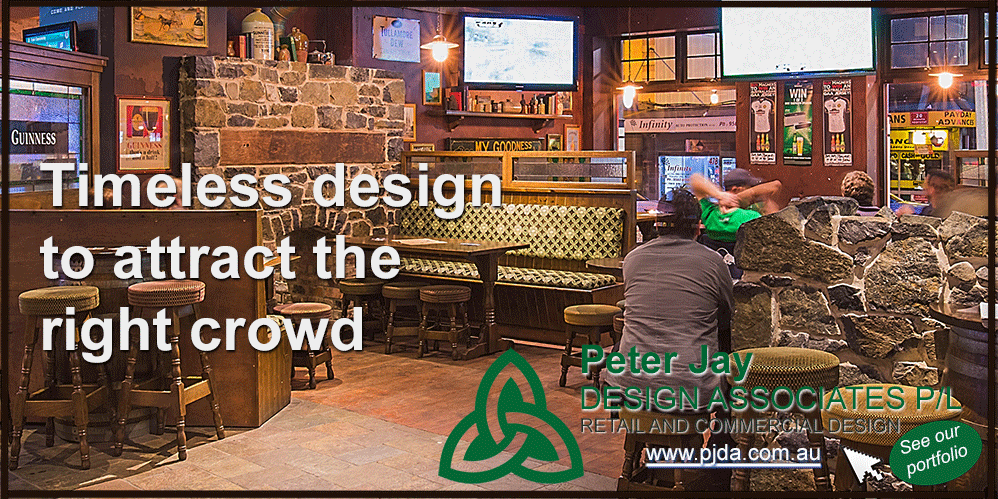Feature
Welcome to Molly Malone’s
A mere daisy chain from Central Station, on the southern skirt of the CBD, the amenable Molly Malone’s graces one of the oldest – and newest – parts of Sydney town.
Respected publican Chris Thomas spoke to Clyde Mooney on the making of Molly.
The Thomas Hotel Group is one of Sydney’s stalwart family-owned and operated pub outfits, with a portfolio of nearly 20 classic suburban watering holes in New South Wales. Face of the Group is career publican Chris Thomas.
For around 15 years the family has owned a freehold title in the building at 64 Devonshire St in Surry Hills, on the southern fringe of Sydney’s bustling CBD.
Since 1956 the second floor has been owned by the Irish National Association and home to their Australasia Cultural Centre, giving rise to what was originally the Gaelic Club at street level. The pub evolved into the Gaelic Theatre, later morphing again into GT’s.
Reaching a point in its life cycle where it needed a major refresh and reinvigoration in tune with the preferences of the patronage the Thomas’ considered the situation and planned an extensive renovation, which began in early 2020.
Feature
Why Molly?
In December 2012 the State Government announced plans for a multi-billion-dollar light rail line from Circular Quay to Randwick. Construction commenced in October 2015, and after considerable delays, finally began transporting passengers in December 2019.
For the four years the project took to build, thousands of businesses along Sydney’s George Street and through Surry Hills toward the eastern suburbs were treated to closed roads, heavy machinery and construction din, and little or no pedestrian traffic. The result was “a catastrophe” for hospitality venues, says Chris Thomas.
But as if this wasn’t bad enough, authorities in their wisdom determined this would be a good time to also tear down and rebuild the Sydney Football Stadium, robbing nearby pubs of the consolation of hundreds of stadium-goers making their way in for a beer before and after games.
Considering the direction to take the revised GT’s, Chris says the former iteration appealed to them and it was an easy decision to take it back to its roots, as an Irish pub.
“It’s always had the Irish heritage to it, and we basically just reinstated that into an Irish hotel, which we named Molly Malone’s.
“We like the tradition of Irish pubs and with that one in particular it was a no-brainer to take it back to what it used to be.”
Shortly after work began, the world turned upside down under the weight of a pandemic. When all pubs were forced closed many operators quickly turned their mind to renovations, but Molly was already into a planned overhaul and subsequently benefitted somewhat from the suppressed activity.
The project was awarded to specialist hotel design firm, Peter Jay Design Associates (PJDA), which as part of the design and PM package commissioned an Irish artist to come out to create the interior paint finishes. In the fever of the outbreak the artist’s flight back to Ireland was cancelled, stranding him in Australia for a

further 10 weeks, allowing the design team opportunity to perfect more polished and detailed murals and other specialist finishes on the walls and ceilings of two projects through PJDA.
All interior work in Molly Malone’s came from Ireland, including furniture, joinery, bric-à-brac, lighting and mosaics.
Typical of an authentic Irish pub design are areas and ‘nooks or snugs’ for small, intimate groups, sometimes including mid-height partitioning. Although the decision to do the fit-out in this style came before the COVID-19 crisis, the segmented spaces augur well with the move toward small parties and social distancing and they were optimised for the subsequent reopening of all pubs.
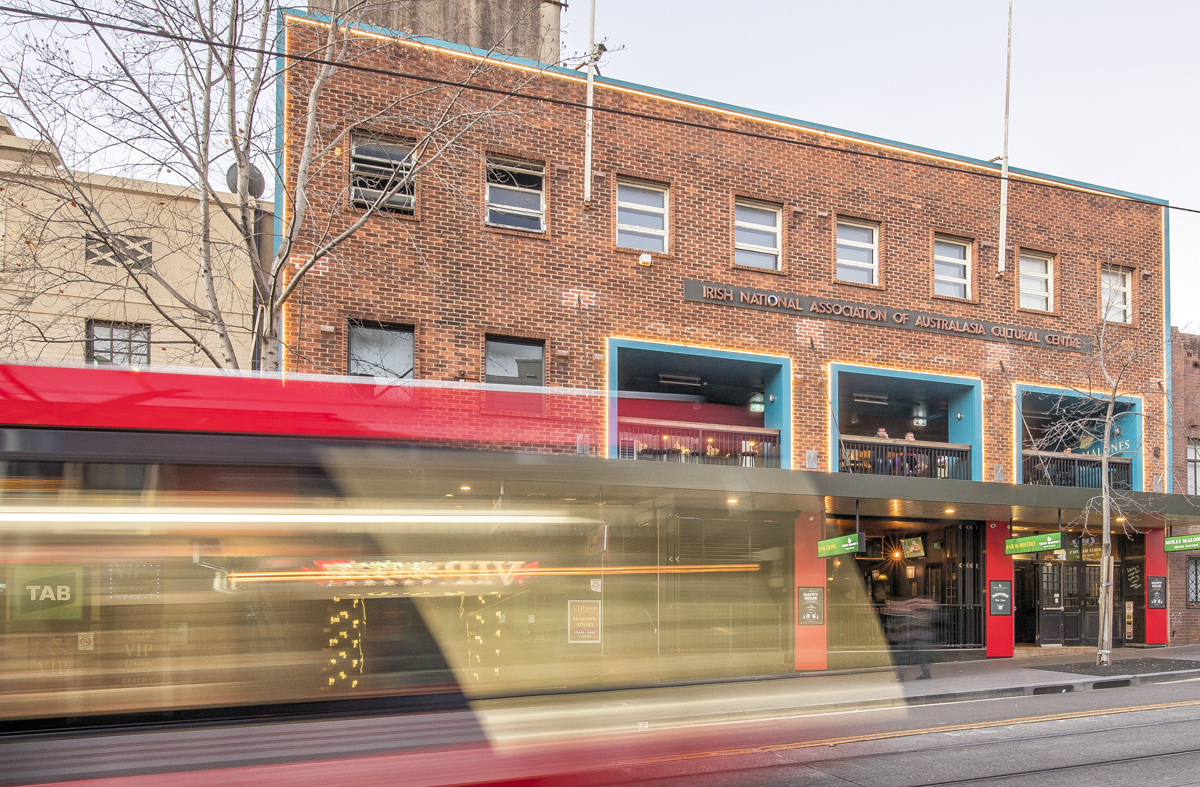
Feature
The Build
It’s no secret that older buildings present challenges for architects and designers. Structures of yesteryear were built to different standards to today, and codes continue to get tougher.
The Building Code of Australia (BCA) didn’t exist 25 years ago. The new standards include a lot of consideration on energy ratings, disability, fire (access & Egress) where passageways should be 1000~1200mm wide. This is frequently a tough area for older buildings as entries are quite often simply not wide enough to meet minimum requirements.
Another area that always fails to comply is amenities. Toilets and handbasins are never up to standard, and handicapped provisions non-existent.
A particular challenge in retrofitting comes in fire-rating, which is completely different today to guidelines dictated in the past. The BCA completely overhauled the approach to fire codes, in terms of what certifies, what couldn’t be certified, sprinkler protection systems, annual fire statements, and even who’s qualified to assess compliance.
Peter Jay says the keeping ratcheting up, typically amendments are released every three years, after weaknesses are found or when someone is killed due to a flaw in the system. The current standards changed around a year ago, reflecting lessons learned in the fire at Grenfell Towers in London. Amendments were introduced including Development Applications (DAs) to now require a set of plans from a certified fire practitioner. Unlike most changes, where a transition period is provided, these amendments were immediate and included all existing DAs.
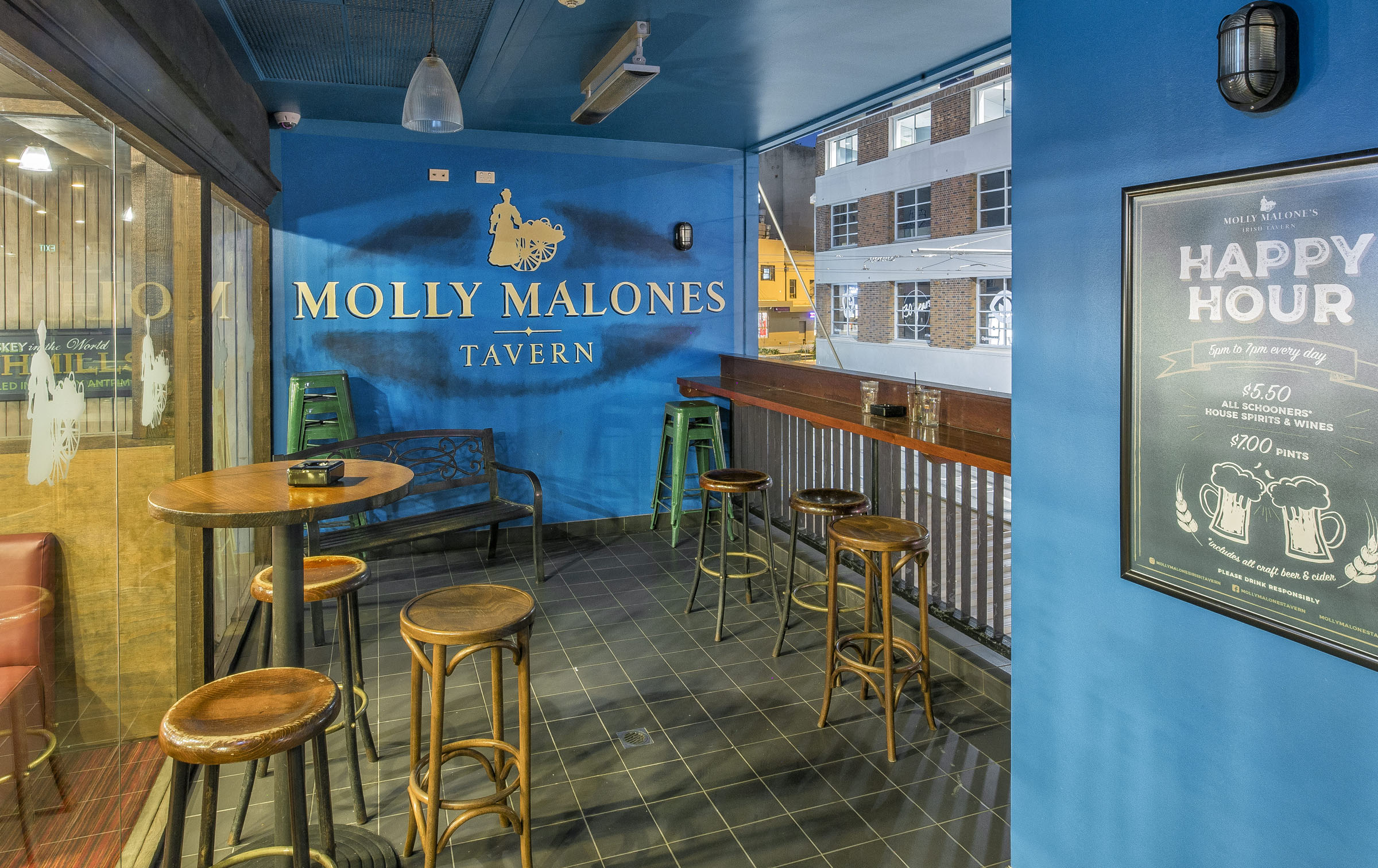
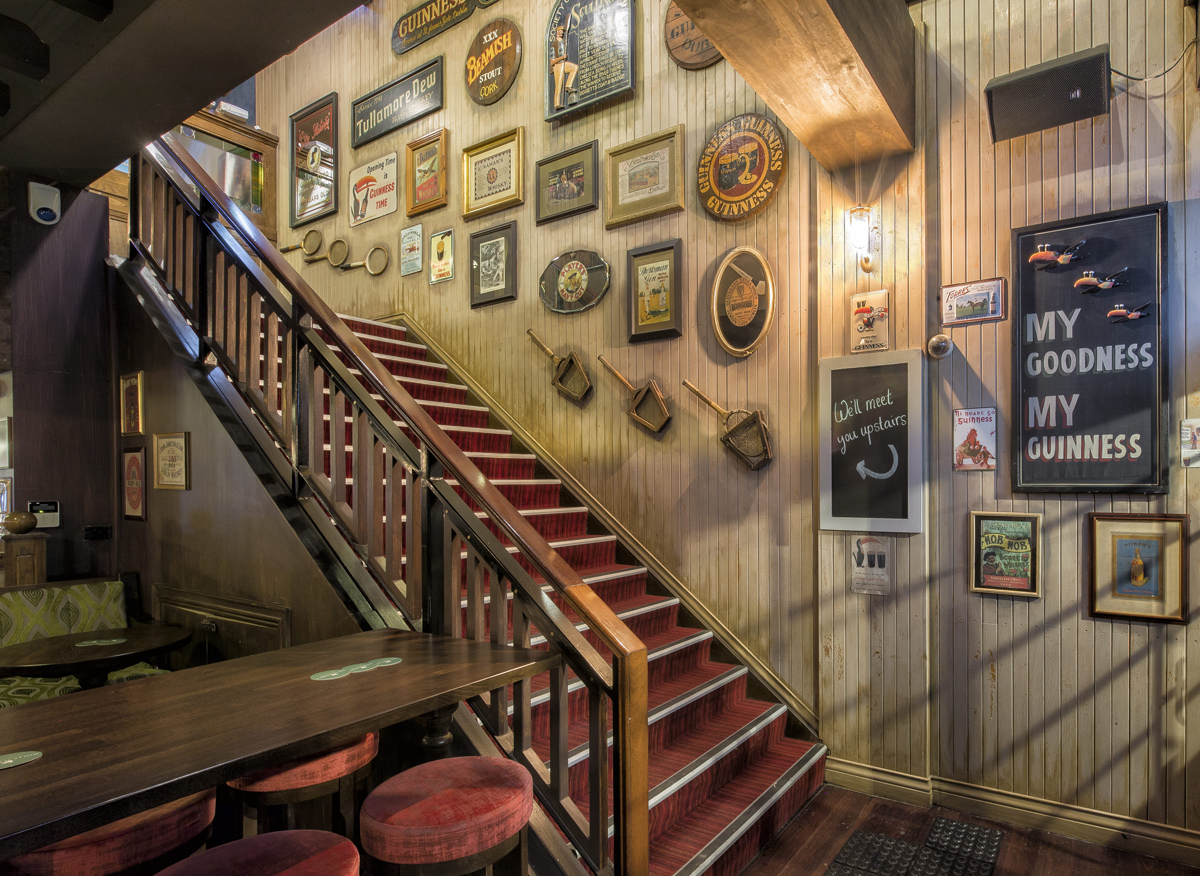
Feature
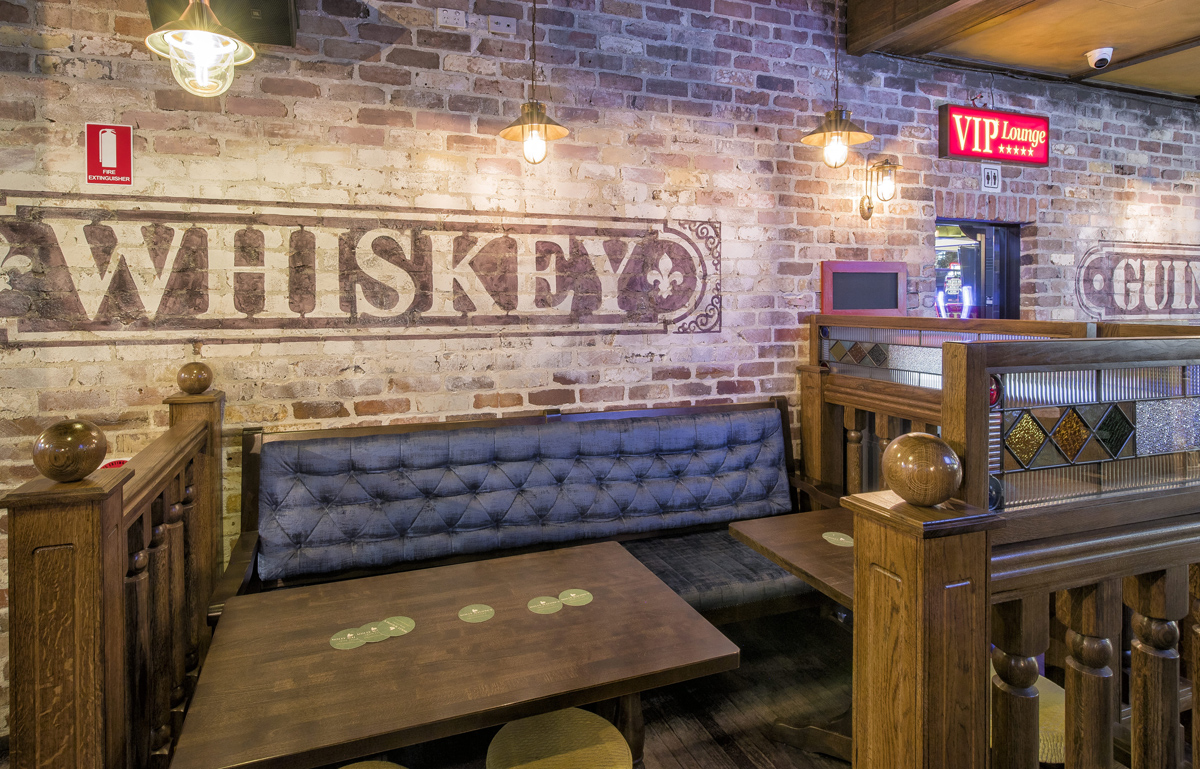
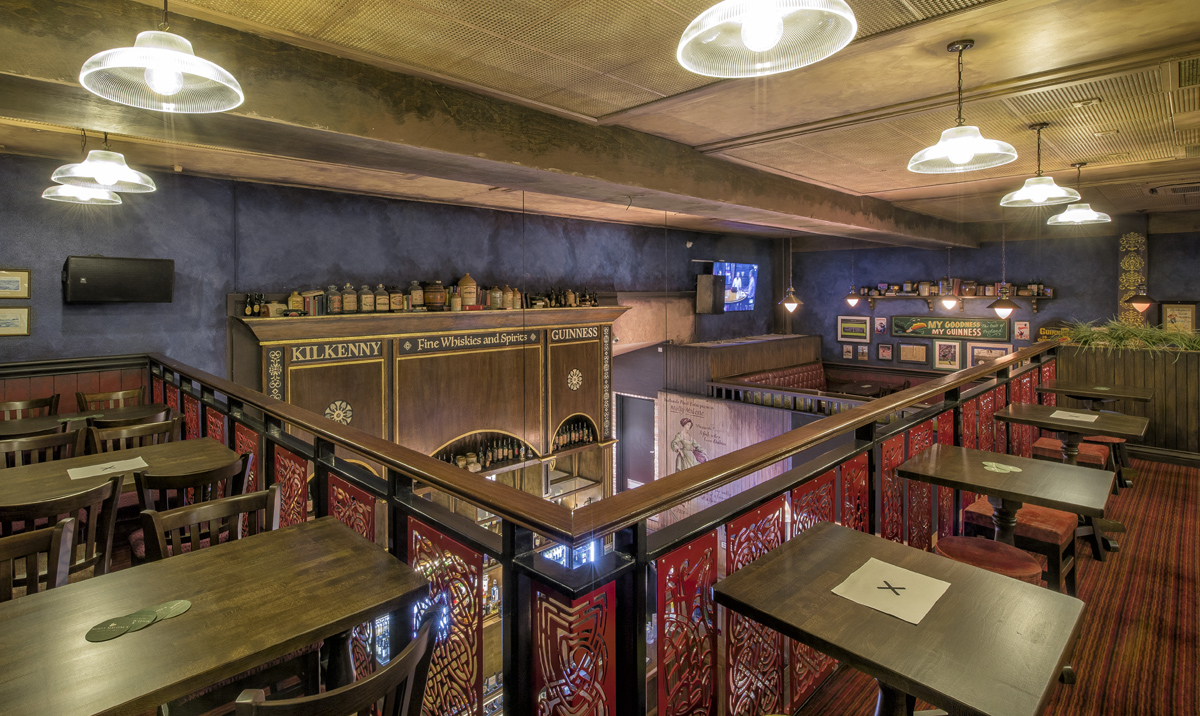
Whatever the age and condition of the original structure, any construction work may trigger the requirement to bring things up to code. Any aspect not compliant, whether by choice or logistical challenge, may require a ‘performance solution’ to be written by a qualified party, each of these normally costing $6-10,000 otherwise the items will need be physically upgraded to meet code.
The ins and outs of regulation can be “a challenge or opportunity”, Jay says, but par for the course.
“That’s just a part of our process these days, and understanding those codes really well is an asset of the designer.
“The next challenge we have is repairing the work of substandard construction of the past. A pub is typically renovated every four to eight years, sometimes more if sold in between. With renovations between the 60s and say late 90s, typically people didn’t demolish or remove old building elements, they just covered things up. No-one can see it, so no-one knows.
Feature
“In some pubs you find there are not only four or five layers of ceiling, which is extra weight on the structure, it’s also four or five layers of redundant electrical & A/C services between them, hiding heritage or other assets.”
Although the aged INA building experienced its fair share of compliance hiccups, its ancestry did assist in the direction and aid the return of the Irish design. Chris says it gave them “good bones” with which to work, and what was a well organised project “came together quite smoothly” as pubs from Ireland to Surry Hills continued to languish in shutdown.
Pursuit of the rainbow
Pandemic restrictions easing, licensed venues in NSW were permitted to reopen conditionally in early June. The new-look Molly Malone’s followed in early July. Although the decision to go with an Irish pub was made well before the coronavirus burst into everyone’s lives, it proved fortuitous in suiting the style of trade in the new normal.
“It’s working well,” reports Chris. “For something that we opened the doors and tried, and weren’t sure what to expect, so far it’s been very wellreceived with the people in the area and those coming to the hotel.”
Once-in-a-lifetime disruption or not, Thomas endorses the approach of “just keep chugging along” and making the best of any situation. There are some things in hospitality success that will almost certainly never change.
“You’ve got to make sure everything is right, and the customer experience is paramount,” he says. "The food at the venue has been well received, with the offer catering to the Australian casual dining market with an Irish theme."
“It’s getting a very diverse clientele, which is good anyway,” reports Chris.
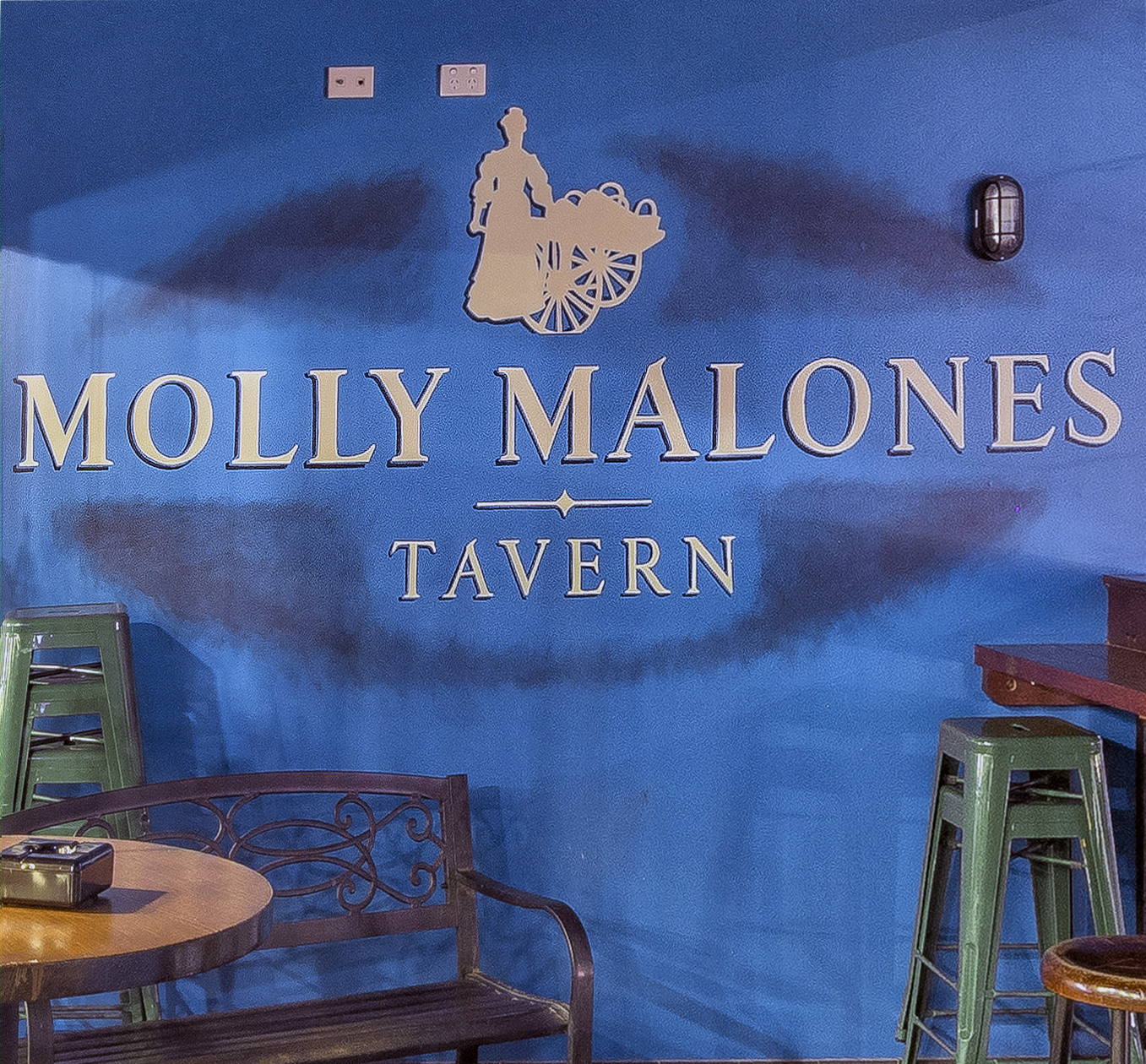
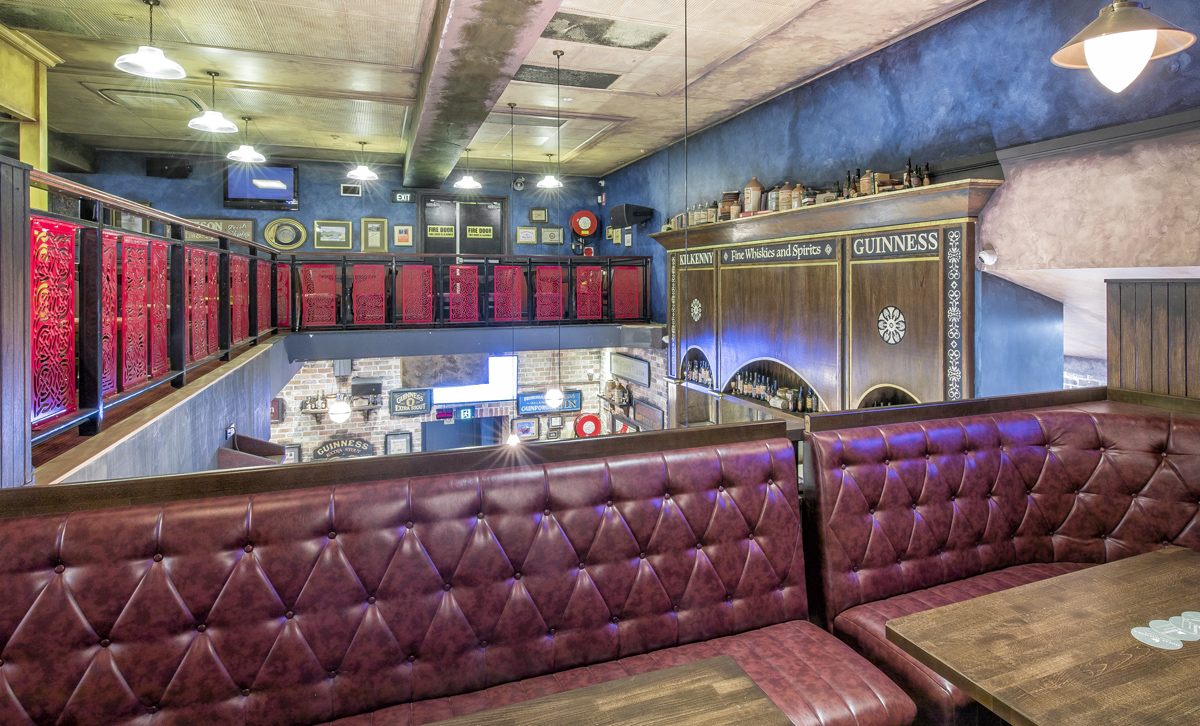
Feature

Sarkodie photography
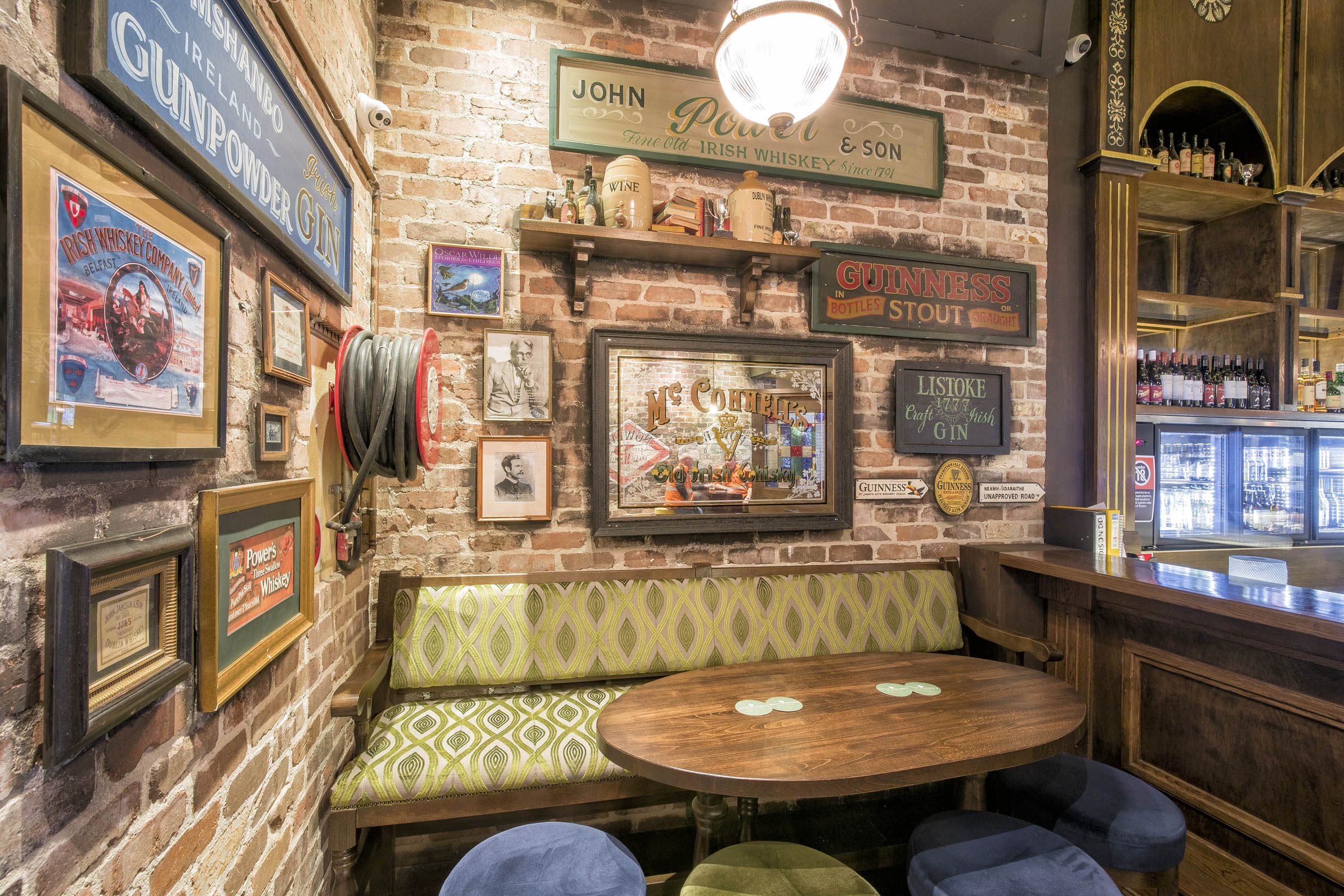
Beyond travelling immigrants and backpackers, as it gears back up to full operation the hospitality industry as a whole has already seen difficulties finding available staff. Chris Thomas says JobKeeper played a big role for them during the shutdown period, and with a lot of long-term employees, most of them were retained on government support.
The shakeup brought a few of the broader issues to Thomas Hotels, but the Group embraced a policy of clear communication throughout, keeping the team updated on where everyone stood,
what was being planned and what measures were being taken. When the time came, team Molly was ready and raring for action.
Chris is positive about the road ahead for Molly Malone's, and hopes both pubs and the economy see the sun shine in short order.
“Interesting times ahead," he muses.
“As far as I’m concerned, I want everyone to come out of it happy and moving forward smiling.”

